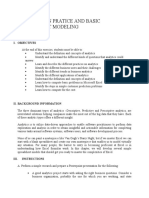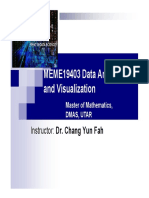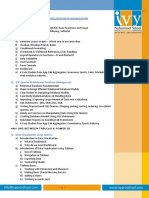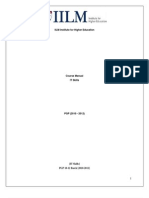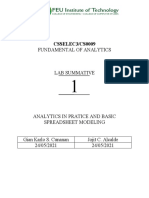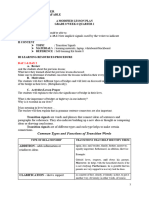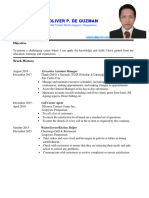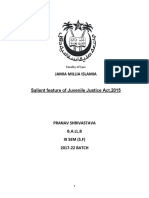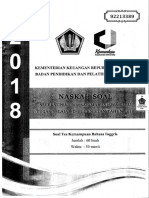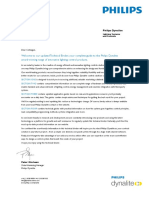0% found this document useful (0 votes)
48 views6 pagesBusiness Analytics Syllabus
The document outlines a Business Analytics course for Semester V, detailing its objectives, learning outcomes, and practical experiments. It covers various topics including business analytics definitions, OLAP vs OLTP, business intelligence, data mining, and machine learning, along with case studies and practical exercises using tools like MS-Excel and R. The course aims to equip students with skills to analyze data and apply different analytic techniques in business scenarios.
Uploaded by
hellohih64Copyright
© © All Rights Reserved
We take content rights seriously. If you suspect this is your content, claim it here.
Available Formats
Download as DOCX, PDF, TXT or read online on Scribd
0% found this document useful (0 votes)
48 views6 pagesBusiness Analytics Syllabus
The document outlines a Business Analytics course for Semester V, detailing its objectives, learning outcomes, and practical experiments. It covers various topics including business analytics definitions, OLAP vs OLTP, business intelligence, data mining, and machine learning, along with case studies and practical exercises using tools like MS-Excel and R. The course aims to equip students with skills to analyze data and apply different analytic techniques in business scenarios.
Uploaded by
hellohih64Copyright
© © All Rights Reserved
We take content rights seriously. If you suspect this is your content, claim it here.
Available Formats
Download as DOCX, PDF, TXT or read online on Scribd
/ 6


